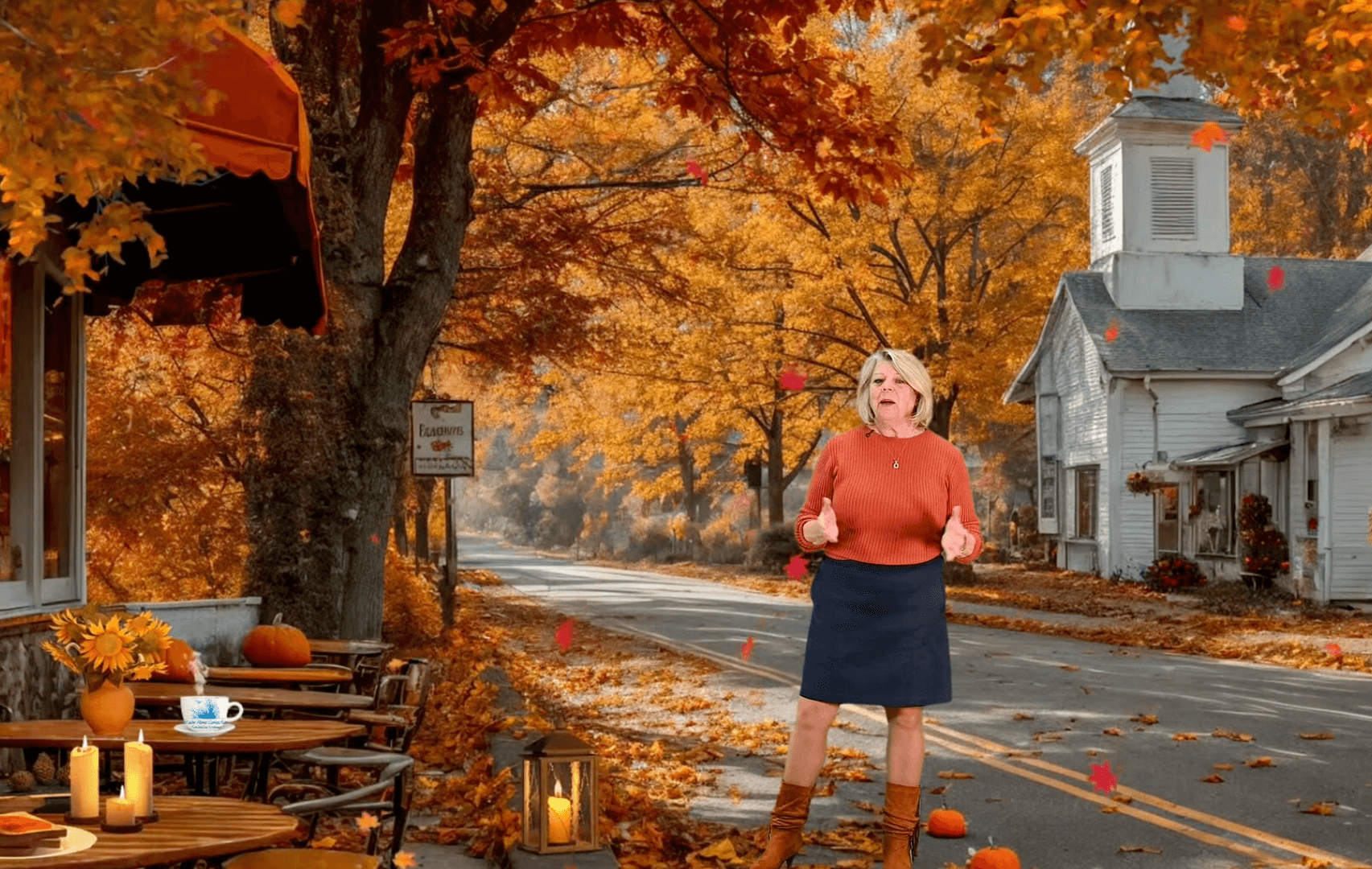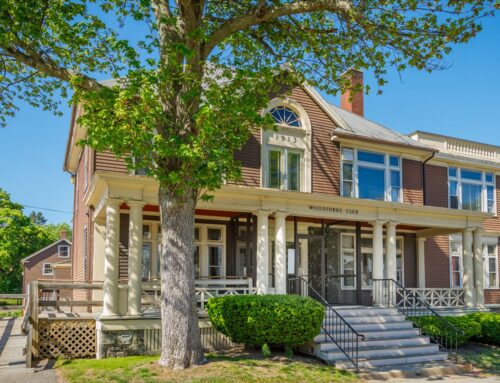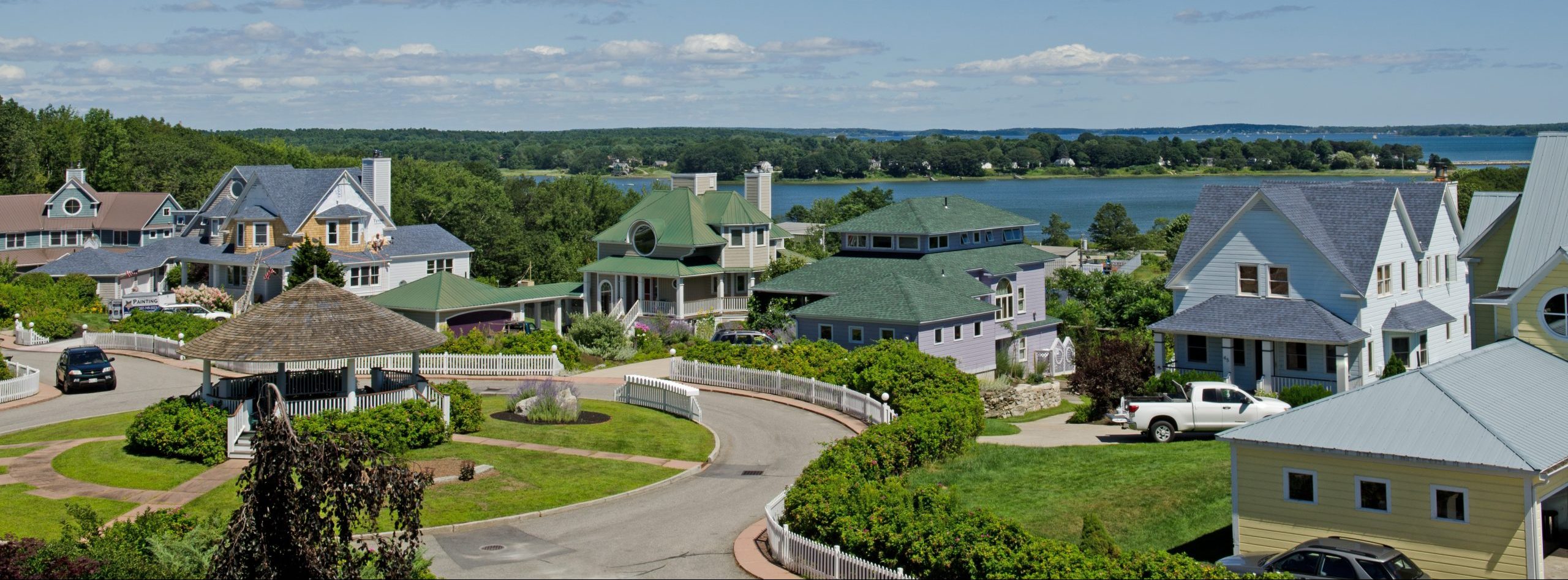The national housing market has improved dramatically since the depths of the recession. Home prices in particular have grown significantly in recent years, nearing a full nominal recovery nationwide. This is especially true in Maine as the median sold prices for single family homes have been at record levels during the last several months. With this significant amount of price appreciation, there has been considerable discussion about whether certain hot markets have entered into bubble territory again. A recent study of the 50 largest markets looked into six housing trends that were fundamental to the bubble years – and compared them to today’s real estate market. This brief article concentrates on four of “red flags”:
- Price to Rent Ratio
- Price to Income Ratio
- Mortgage Transactions
- House Flipping
All four categories were outside historical norms in 2005. Home prices were way above normal ratios when compared to both rents and incomes at the time. They explained that mortgage transactions as a percentage of all home sales were also at a higher percentage:
“Loose credit was one of the main culprits of the housing crisis. Mortgage lending expanded dramatically as unhealthy housing speculation reached its peak and was met by the highest level of credit availability as measured by the Mortgage Bankers Association. The index measures the overall mortgage credit condition by the share of home sales financed by mortgages. This metric does not capture credit quality, but it does set a view of the importance of financing in supporting the housing market.”
House flipping was rampant in 2005. As research points out (Keeping Matter Current):
“Heightened flipping activity is a clear indication of speculation in the real estate market. A property is considered as a speculative flip if the property is sold twice within 12 months and with positive profit. Flipping is a normal part of a healthy housing market. In an inflated housing market, expectations about short-term profit from pure price appreciation are very high; therefore, the level of flipping activity would show evidence of being heightened.”
Today Compared to 2005
Here are the categories with percentages reflecting the unrealistic ratios & numbers of 2005 as compared to the current market. Remember, a negative percentage reflects a positive gain for the market:
Bottom Line
The analysis shows that economic growth and household formation, paired with limited inventory are causing homes in many areas to cost more, relative to rents and incomes, than in more balanced times. However, there is no evidence of the systemic risk of the mid-2000s housing bubble. In fact, what is happening now is the opposite of what occurred during the housing boom of 2004-2006 – credit remains tight; flipping is not rampant; and new construction is severely constrained. It was these factors that led to the price collapse.
Moving to Maine?










